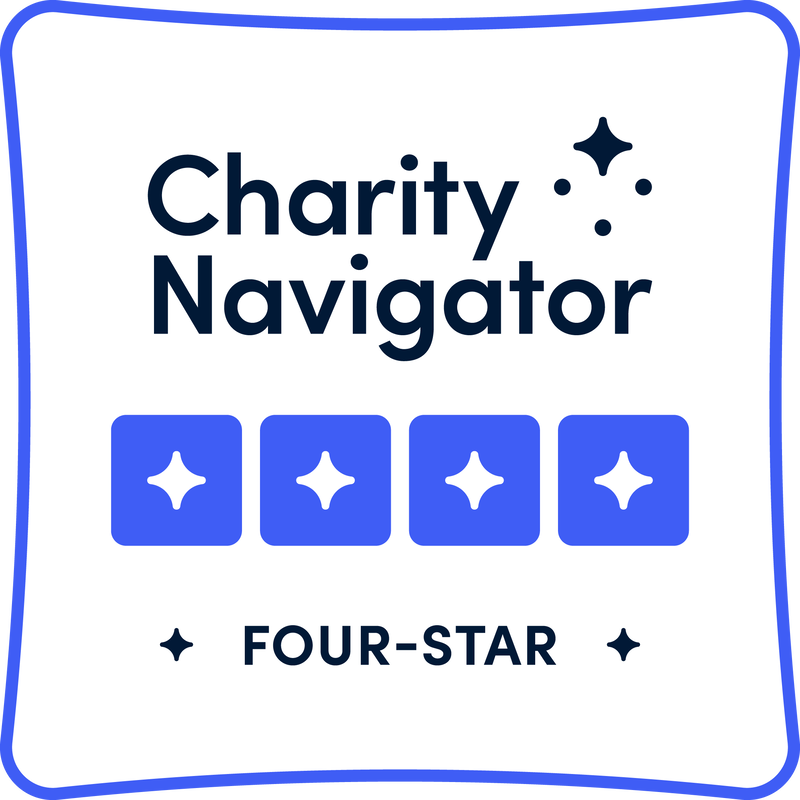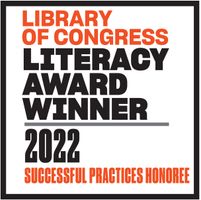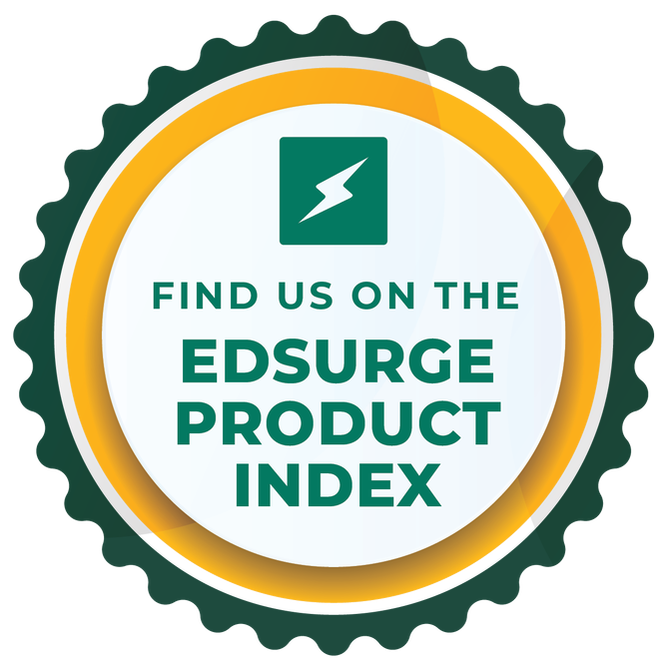|
As the school year was wrapping up at PS 327* in the Brownsville neighborhood of Brooklyn, Ms. Penfield noticed something strange: Ms. Morgan's fifth-graders' test scores were higher than her fifth-grade class. Since Ms. Penfield plans and works very closely with Ms. Morgan, she wanted to know how Ms. Morgan had done it. When the two compared lesson plans, there was only one difference between their approaches: the Article-A-Day program. Ms. Morgan has implemented Article-A-Day in her classroom for two years. She knew her students loved it: “I have students who were just so excited to be a part of the learning routine that it would increase their attendance. I did it first thing in the morning, and so they were so eager to do it that they would be sure to be there.” After Ms. Penfield’s suggestion that Article-A-Day might be what led to her class's higher test scores, Ms. Morgan and her administrator wanted to spread the practice. The Instructional Coach at PS 327 pointed out that, “Ms. Morgan’s scores were higher, and they did essentially the same things except for Ms. Morgan used Article-A-Day. Article-A-Day was the only difference.” Now PS 327 is implementing Article-A-Day school-wide, and, according to the coach, "Teachers can see the benefits, but more than that, they’ve adopted it as a daily routine. There are SO many things thrown at teachers, so the fact that teachers are doing it with enthusiasm is a big deal!” So how and why did Article-A-Day make such a big jump from use in one classroom to implementation across an entire elementary school? Let’s take a look at why Article-A-Day works and the benefits teachers at PS 327 have seen from using Article-A-Day with their students. Improving literacy with background knowledgeAt ReadWorks, we created Article-A-Day in 2014 in collaboration with leading reading comprehension researcher Dr. Elfrieda “Freddy” Hiebert. We recognized that a lack of background knowledge holds students back from making meaning out of the texts that they need to understand for success in school and in life. Dr. Hiebert explains: “The most consistent finding in research on comprehension is that what students know about the topic of a text influences how well they comprehend a text. This finding has been validated over many decades. But often the translation of this finding to practice has been to give students the information viewed as essential for comprehending specific texts, rather than teaching them to use texts to gain knowledge. Until students know how to use texts to gain knowledge, their funds of knowledge will be limited. The aim of Article-A-Day is to develop extensive and diverse bodies of background knowledge.” Teachers need a way to approach this background knowledge problem that is manageable, doesn’t overhaul their whole curriculum, and can be implemented right away in all kinds of classrooms with all types of learners. One of the main reasons Ms. Morgan found Article-A-Day to be so successful in the classroom—and popular with both teachers and students—is that it's such a quick exercise. Rather than creating a whole new system for teaching literacy skills, Article-A-Day takes 10 to 15 minutes to supplement any curriculum, adding in critical knowledge-building time on topics as diverse as Art in Urban Areas to Satellites Mechanics to How Elections Work. According to Ms. Morgan, once the teachers at PS 327 realized Article-A-Day was just four quick steps, they were willing to give it a try. And Article-A-Day earned extra credit points from teachers since their students were so excited to do it every day. “Once I was a little late distributing the articles to the other classrooms in the school, and the students themselves were looking for me. They’re excited about learning new things. They’re asking, ‘Ms. Morgan, what are we reading about next week? When do we get the articles for next week?’” The benefits of Article-A-DayMs. Morgan experienced multiple benefits to literacy after implementing Article-A-Day beyond student engagement. She noticed that their background knowledge had become more vast, their reading stamina had increased, and their vocabularies had improved. She's confident that her colleagues at PS 327 will start seeing the same benefits themselves after practicing the Article-A-Day routine in their own classrooms.
Similar stories are playing out across the country as teachers discover and share the power of Article-A-Day. This school year 185,718 teachers have already tried Article-A-Day in 56,285 schools. In fact, Article-A-Day is being used in 68% of all K-8 public schools in the US with high economic needs. Students in the US have a lack of background knowledge that’s preventing them from developing the literacy they need for success in school and in life. This problem is urgent and could have ramifications for the rest of their lives. Article-A-Day is addressing this need. Most importantly, we provide Article-A-Day free and without barriers to teachers so that students can begin receiving these critical funds of knowledge right away. Thousands of high-quality articles, plus easy-to-use teacher training and world-class technology, mean that Article-A-Day can be available to every classroom at no cost to students, teachers, or schools. We’re always working to improve Article-A-Day by adding articles about an even more diverse range of knowledge, improving our technology, and adding features to reach the needs of more learners. Help schools like PS 327 receive the free support of Article-A-Day by supporting us today. Donate to ReadWorks Today >>
1 Comment
|
Categories
All
Archives
July 2024
|















